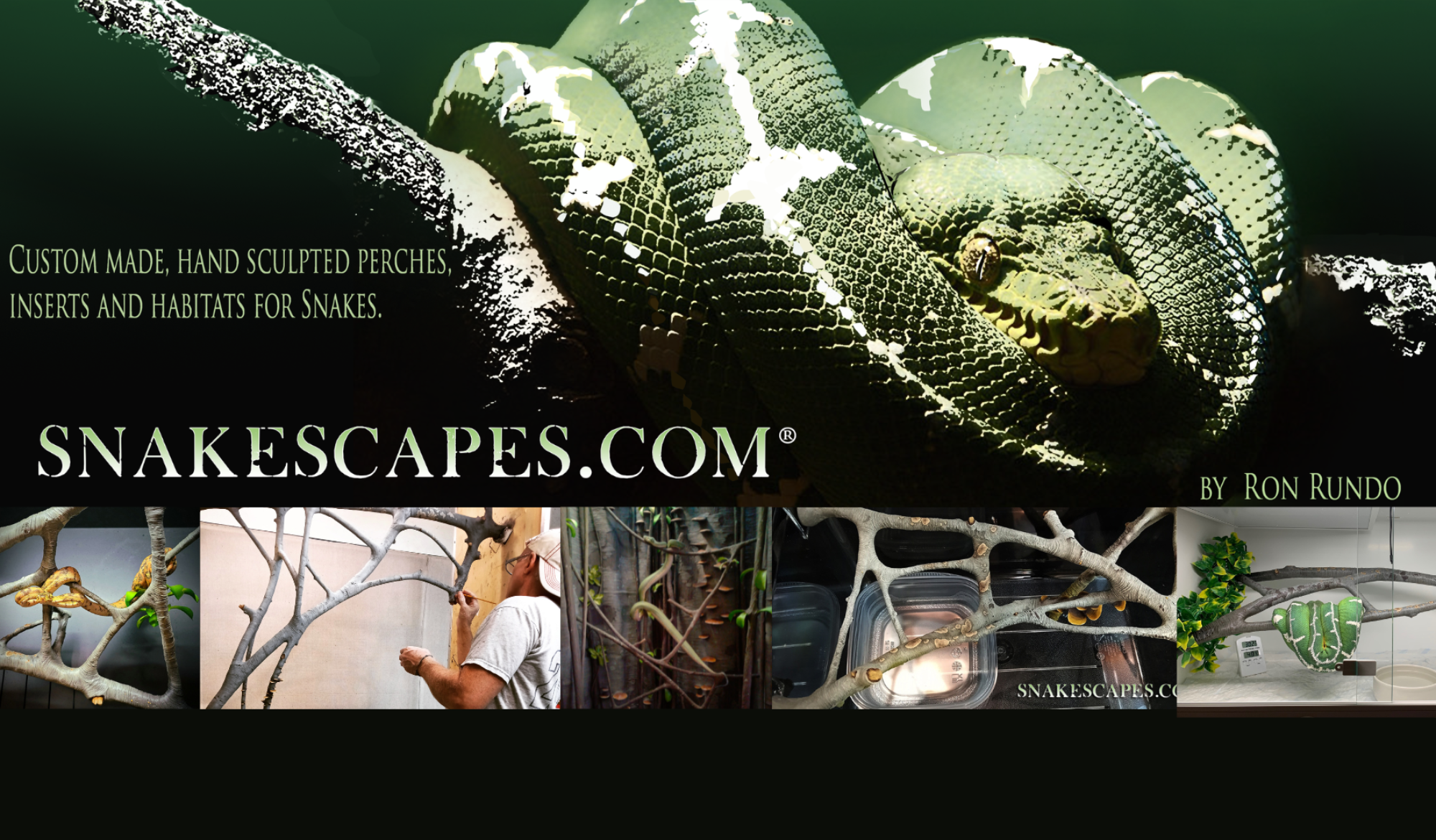Arboreal snakes, the masters of tree-dwelling elegance, require habitats that mimic their natural environments to thrive. Designing the perfect arboreal snake habitat is both an art and a science, requiring careful consideration of their unique needs and behaviors. In this comprehensive guide, we’ll explore the intricacies of creating elevated environments that cater specifically to the needs of these majestic climbers, ensuring they lead healthy and fulfilling lives in captivity.
Understanding Arboreal Snakes:
Arboreal snakes, such as the Green Tree Python and Emerald Tree Boa, spend most of their lives in trees. Understanding their natural behaviors, including climbing, perching, and hunting from elevated positions, is crucial. This knowledge forms the foundation for designing a habitat that encourages these behaviors in captivity.
Vertical Space and Climbing Structures:
Unlike their ground-dwelling counterparts, arboreal snakes require vertical space. When designing their habitats, prioritize height over floor space. Incorporate sturdy climbing structures such as branches, vines, and platforms. These elements not only provide exercise opportunities but also serve as perching spots, essential for arboreal snakes to feel secure.
Mimicking Natural Foliage and Lighting:
Arboreal snakes thrive in lush, foliage-rich environments. Utilize live or artificial plants to create a verdant canopy within the enclosure. Proper lighting, including full-spectrum UVB lighting, ensures that plants thrive and provides essential lighting for snakes. Replicating the dappled sunlight of a forest canopy is key to creating a natural and stimulating environment.
Temperature and Humidity Regulation:
Maintaining the right temperature and humidity levels is critical for arboreal snakes. Install temperature gradients within the enclosure, ensuring warmer spots near the top for basking and cooler spots at the bottom. Additionally, employ misting systems or humidifiers to maintain optimal humidity levels, essential for shedding and overall well-being.
Choosing Suitable Substrate and Hideouts:
Arboreal snakes benefit from substrates that retain moisture. Coconut husk or cypress mulch mimics the forest floor and aids in maintaining humidity. Provide multiple hideouts at different levels, allowing snakes to retreat and feel secure. These hiding spots serve as essential stress-free zones within the enclosure.
Regular Enrichment and Behavioral Stimulation:
Arboreal snakes are intelligent and curious creatures. Provide regular enrichment activities such as moving branches, novel climbing structures, and even puzzle feeders. These activities stimulate their minds and encourage natural behaviors, ensuring mental and physical well-being.
Continuous Observation and Adjustments:
Every snake is unique. Regularly observe your arboreal snakes’ behaviors and adjust the habitat accordingly. Pay attention to their climbing patterns, basking preferences, and hideout usage. Small adjustments can make a significant difference in their comfort and overall happiness.
In conclusion, designing arboreal snake habitats is about creating a slice of the wild within the confines of captivity. By understanding their natural behaviors and carefully crafting environments that cater to their needs, we not only provide for their physical well-being but also enhance their quality of life. Arboreal snake habitats, when thoughtfully designed, become immersive sanctuaries where these magnificent climbers can express their true nature, ensuring a life of fulfillment and contentment in captivity.
